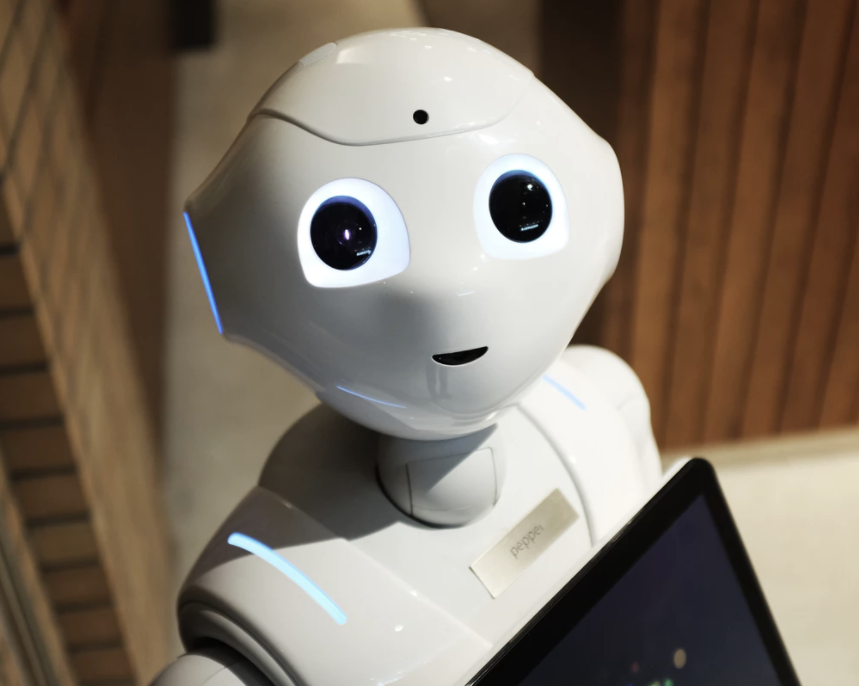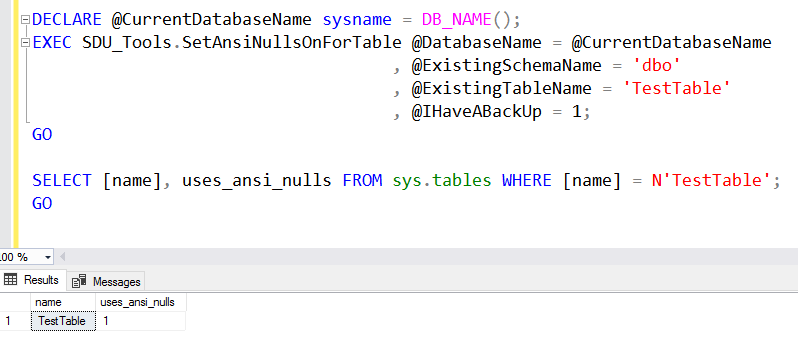
Opinion: Don't write CREATE UNIQUE INDEX (ok, well not too often)
The CREATE INDEX statement is used to do exactly what its name says, it creates an index. But when you say CREATE UNIQUE INDEX, you are doing more than that; you are enforcing a business rule that involves uniqueness.
I have a simple rule on this. Wherever possible business rules like uniqueness, check values, etc. should be part of the design of the table, and not enforced in an external object like an index.
2018-03-27











